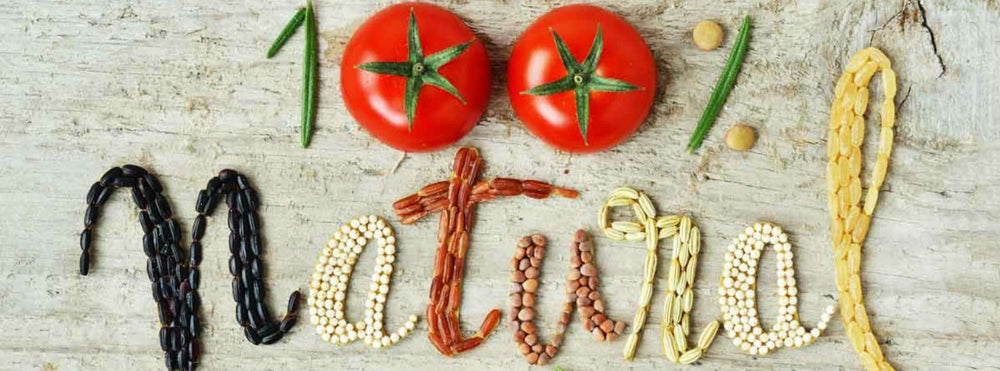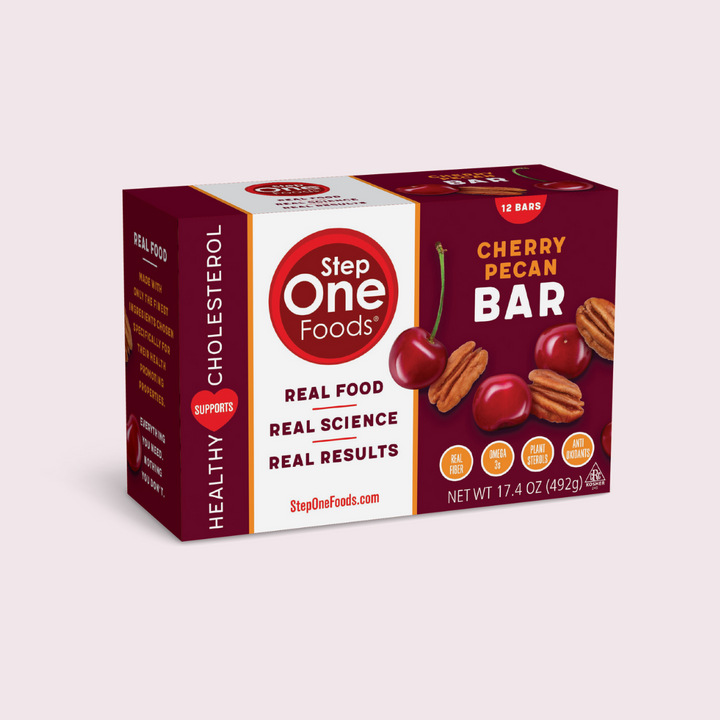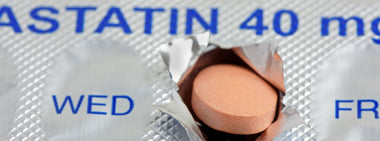Your Guide to Deciphering Food Labels

From “natural” to “non-GMO,” food labels can make almost any item in the grocery store appear good for you. But we know that most processed foods are far from healthy. (As you know, that’s exactly why I created Step One products in the first place!)
If you’re confused in the grocery store aisles, here’s my guide to exactly what all the labels mean.
But before we start, know that not all labels are equal. Different entities regulate different labels. And some terms are regulated and restricted; others aren’t. We’ll start with the worst culprits and work our way up:
6. NATURAL
Companies love to slap this label on everything since there’s no official entity regulating it. Plus there are plenty of ingredients that are “natural” but aren’t healthy or even advisable to consume. For example, arsenic is natural. And so is sugar. This means that a box of Fruit Loops could use the term “natural” somewhere on its box (sugar is the first ingredient, and that’s natural!) and get away with it.
5. REDUCED SODIUM
This one is regulated by the Food and Drug Administration, so at least there’s some meaning behind the labels. Here’s the FDA’s guide:
|
What It Says |
What It Means |
|
Salt/Sodium-Free |
Less than 5 mg of sodium per serving |
|
Very Low Sodium |
35 mg of sodium or less per serving |
|
Low Sodium |
140 mg of sodium or less per serving |
|
Reduced Sodium |
At least 25% less sodium than the regular product |
|
Light in Sodium or Lightly Salted |
At least 50% less sodium than the regular product |
|
No-Salt-Added or Unsalted |
No salt is added during processing – but these products may not be salt/sodium-free unless stated |
The main problem here is that the “reduced” and “light” labels are effectively meaningless since the original product could be so high in sodium that a 25 percent or 50 percent reduction can still leave you eating something loaded with salt. Also, note that these SIX labels are very similar. Does the FDA really expect consumers to remember the difference between “reduced sodium” and “low sodium”?
4. AHA HEART CHECK
The American Heart Association claims that its stamp “makes it easy to spot heart-healthy foods in the grocery store or when dining out.”
However its heart symbol appears on products that the Association itself has deemed unhealthy, such as processed meats. So how does a food get a stamp? The approved food does need to meet some nutrition benchmarks but ultimately it just needs to pay a fee to the AHA -- as much as $6,000 per unique food item per year.
3. WHOLE GRAIN
The FDA has not updated its draft guidance on using the term “whole grain”... since 2006.
Slightly more helpful are labels from the Whole Grain Council. But it’s still confusing, because there are different categories with similar stamps. Look for the one that says 100 percent: That means all the grains are whole grains. Any other labels may mean that up to half of the grains are refined. (And keep in mind that corn counts as a whole grain!)
2. ORGANIC
In this case, it’s not the FDA that regulates the labels, it’s the USDA. (Confused yet?) The good news is that there are two main seals that actually mean something. A 100% USDA Organic label signals that all of the ingredients in the product are certified organic. A USDA Organic label means that 95 percent of the ingredients are certified organic.
But foods that include some organic ingredients can prominently call that out on the front of the package even though the entire product is not 100 or even 95% organic. So look for the round green Organic seal to make sure what you're buying is truly organic certified.
And keep in mind that, like the term “natural,” “organic” does not equal healthy! An organic lollipop is just as sugary as a mainstream sucker (and sometimes more).
And, the winners?
1. GLUTEN FREE and NON-GMO
The FDA has a tightly defined definition of “gluten-free,” and every product using those words must comply with it. However, it did not issue a uniform seal or symbol, so labels may vary from product to product.
The now-familiar label issued by The Non-GMO Project uses a third-party verification system for companies to get the seal. Consumer Reports found the label to be “highly meaningful” to avoid genetically modified ingredients. Whether or not that means the products are healthy is not guaranteed. After all, Rice Krispies squares carry the non-GMO seal of approval.
In fact, NONE of these labels guarantees that what you’re eating is good for you. Tortilla chips can be gluten-free, organic, non-GMO, whole grain, natural, reduced-sodium and even meet criteria for AHA’s Heart Check. But they’re still just tortilla chips.
The absence of meaning to many of these labels is why we at Step One avoid using them. For the qualities that are important to many of our customers (gluten free, non-GMO, low sodium, dairy free) we point them out – but that’s not what makes our products special or healthy. What makes Step One products special and healthy is the clinically meaningful levels of whole food fiber, omega 3 fatty acids, plant sterols and antioxidants. And the fact that we’ve proven our foods work to help lower cholesterol in a pharmaceutical-level clinical trial.
Want a simpler trip to the grocery store? Shop the perimeter for apples, broccoli, sweet potatoes, spinach, pears, beans, nuts...and skip the foods with labels. Paradoxically, many of the healthiest items you'll find in a grocery store are the ones with no labels at all.

Try our Newest Bar!
Cherry Pecan Bar
Discover the perfect harmony of cherries and pecans in our Cherry Pecan Bar. Montmorency cherries, renowned for their antioxidant and anti-inflammatory properties, are combined with premium pecans to create a delicious blend of sweet, tart, and nutty flavors. Packed with white chia seeds, flax, and walnuts, this bar offers more than just taste—it's a superfood-filled snacking option. Our Cherry Pecan Bar is the perfect choice, whether you're on the go or seeking a nourishing treat.
Get heart health tips and articles like this, delivered right to your email.
New articles every week.
You may also like...

How bad is heart disease in your state? And what can you do about it?

You don’t need to avoid foods with cholesterol…except for these



